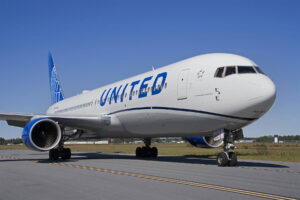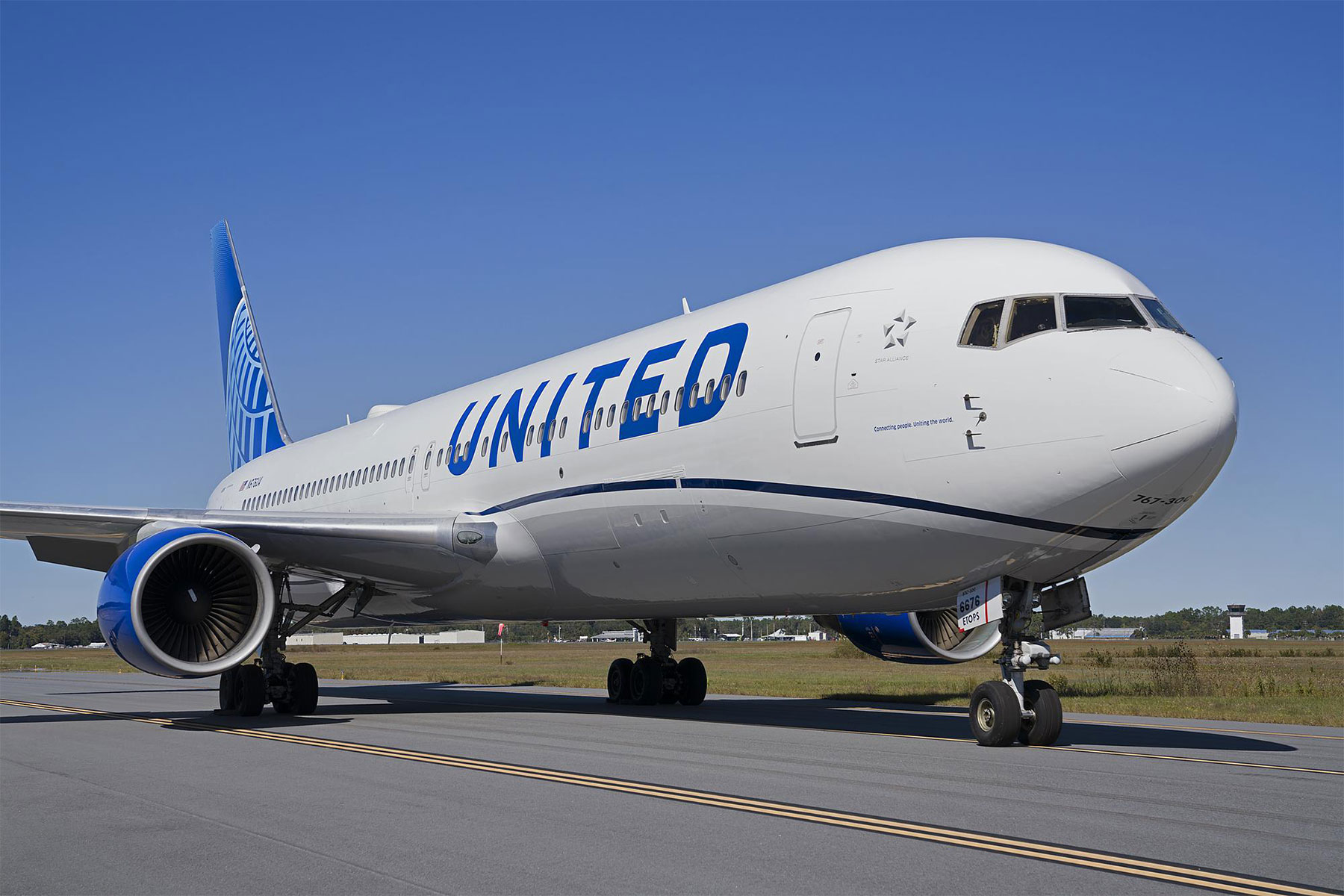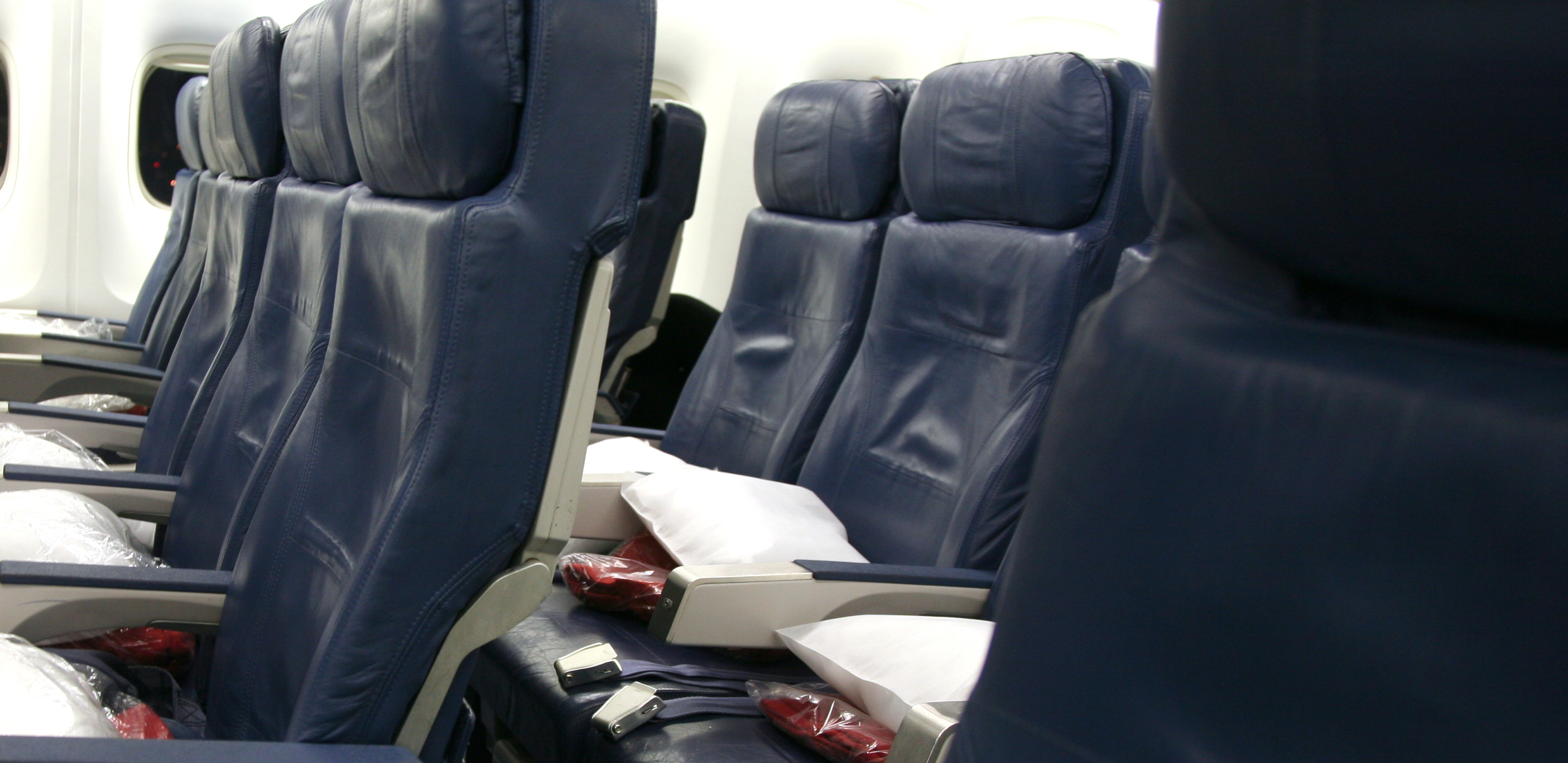FAA Squashes Rumors of Weighing Passengers Before Flights

After a popular blog suggested that airlines could weigh passengers prior to flights, the Federal Aviation Administration says it probably won’t start anytime soon. The agency says U.S.-based carriers will most likely use “updated methods for estimating passenger weights” instead of asking everyone to stand on the scale.
For some foreign carriers, weighing passengers and luggage before flights is as common as assigning upgrades and accepting gate-checked bags. Could U.S.-based airlines start the practice of asking flyers to step on the scale before boarding? A statement from the Federal Aviation Administration suggests the practice probably won’t start as the aviation industry welcomes passengers in a post-pandemic travel boom.
Airlines Most Likely to “Rely on Updated Methods” to Estimate Weight
The original rumor suggesting weight measurements were coming to the U.S. airlines was published by the blog View From the Wing. Citing an FAA circular published in May 2019, the author suggested that the agency could require airlines to weigh passengers before they fly to ensure aircraft are adhering to aviation rules. The goal would be to accurately report airframe weight and balance issues, in order to maintain safe flights.
“For safety reasons, carriers need to calculate an aircraft’s weight and balance, and it has to be within allowable limits for the plane,” blog author Gary Leff writes. “However the assumptions they’ve been using for passengers are outdated. Americans are getting fatter, and the federal government wants airlines to find out how much fatter their passengers have gotten, at least for smaller aircraft.”
Although the airlines could elect to discretely weigh their passengers, the FAA suggests that scenario is unlikely. In a statement to Fast Company, officials note that there are other ways carriers can achieve the same goal.
“Operators are evaluating their programs to comply with this guidance [the 2019 circular,” the FAA statement reads. “While weighing customers at the gate is an option, most operators will likely rely on updated methods for estimating passenger weights.”
Airlines have not explicitly stated their opinions on the suggestion, rather deferring comment to the FAA about the situation.
Even Without Scales, Weight Remains an Issue for Airlines
While travelers may not be the ones on the scale, maintaining safe operating weights remain a critical safety measure for airlines. In 2020, American Airlines faced the issue head-on, after a disabled flyer claimed they were refused service because of how much their wheelchair weighed. The airline later responded with updated mobility device guidelines for certain aircraft.






















PBA, which used to fly in New England, would calculate pax weights and assign seats accordingly to balance the plane.
Very good point about safety as I never thought about that before and that this was more about convenience than anything else. As far as the weight and balance issues, there should just be a scale installed under each gate area so realtime balance data is available versus a guess. This might have been expensive in the past, but as tech is getting cheaper it should be easy enough to implement where it is most needed. Plus, I'm sure this will also speed up the paperwork to allow maybe one more flight to be squeezed in a day, so there might be a financial roi to it as well.
When I flew for the first time, from Vienna to Moncton NB Canada on a C-54 Cargomaster (military version of the DC-4) in July, 1957, I was just short of 9 years old. Prior to boarding, every passenger with his/her baggage was weighed individually in a large room with all 68 passengers present, on a scale with a huge dial visible to all. The pilots recorded the weights on a clipboard, and assigned seat numbers accordingly (but families were kept together). No one minded, it was for the safety of the aircraft, in order to ascertain the exact weight, determine how much fuel can be loaded, and optimize the aircraft balance. The last leg of the flight from Keflavik to Moncton took about 11 hours, flown during daytime in and out of huge cumulus clouds in mid-summer - you can imagine how bumpy the ride was, and how sick I was! The distance of that leg was just over 2000 miles, within the range of the C-54, but we most likely faced a stiff headwind heading west, which is the reason for the long duration of that leg. You can well imagine that I think weight and balance are of extreme importance to flight safety.
@MRM: Seat encroachment isn't just about weight. I am a short woman with large hips. I don't "spill over," but on most flights I spend the entire flight with my shoulders folded in because I am seated between two large men who insist on not having to do the same, taking up the armrests, and of course the inevitable "manspreading." I have taken to always booking window seats so that a) I am guaranteed an armrest, and b) I have one side where I'm not spending the entire flight hunched to make myself as small as possible because men insist on taking up all the space.
Do they actually make people buy two seats?